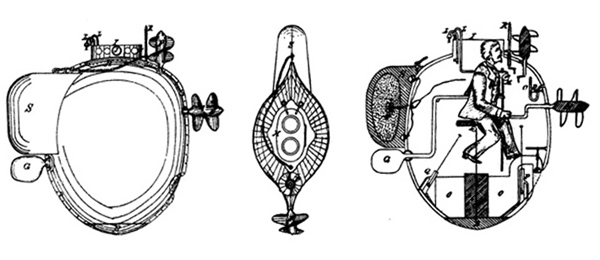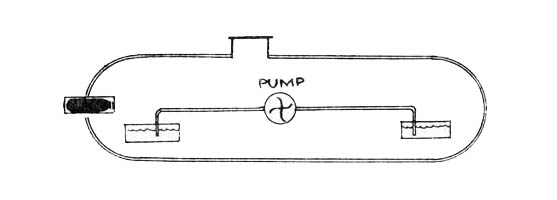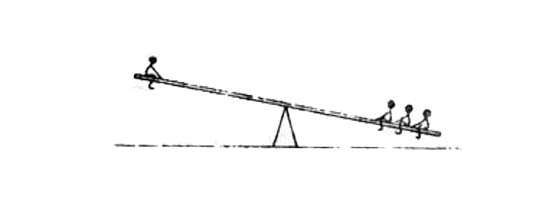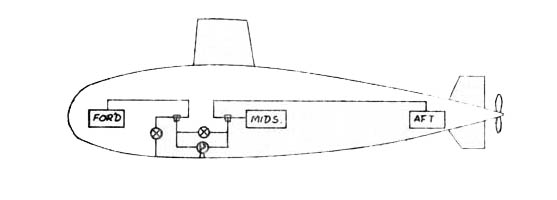1. Conception and Refinement
Submarines or submersible watercrafts have been a long time in the making. Leonardo da Vinci conceived of what can be considered a submarine in the early 1500s. Many years later there was Bushnell’s Turtle. In 1785, George Washington wrote Thomas Jefferson about the Turtle: “I then thought, and still think, that it was an effort of genius.” Not everyone felt as Washington did. The head of the Naval Historical Center, Admiral Ernest M. Eller wrote, that the problem with the Turtle was Bushnell’s expectation that just one man could “carry out the combined duties of diving officer, navigator, torpedoman, and engineer, while at the same time fighting tides and currents and propelling the boat with his own muscles.”[i] True words.
Perhaps the most well known early submarine is a fictional one; namely, Jules Verne’s Nautilus submarine from his famous 1870 novel, “Twenty Thousand Leagues Under the Sea.” Verne described his vessel with enough detail to enable a person with the technical know how to build it[ii]. Importantly, the Nautilus provided inspiration for Simon Lake, an engineer who built several of the navy’s submarines in the late 1800s. Verne, being aware of Lake’s work would send him a telegram of congratulations, after Lake’s Argonaut 1 Submarine made what appears to have been the first substantial ocean-going voyage by a submersible watercraft[iii].
2. Trimming Systems
As weight is distributed throughout a submarine its position in the water is affected. For example, a submariner called a Trimming Officer must calculate the likely effect of all the stores, fuel and armament, which have been taken on[iv]. Members of the submarine crew can also cause a change in the position of the vessel as they move about inside, consider persons moving about on a seesaw.
Submarines keep level or balanced, and the desired amount of buoyancy through its trim system. “Trimming” involves the use of tanks and powerful pumps that can move water in and out of those tanks[iv]. Specifically, they consist of a trim pump, a trim manifold, and the connecting piping leading to the variable ballast tanks. The system admits additional water ballast to the variable ballast tanks to compensate for loss of weight, removes water to reduce excessive weight, and distributes water to the proper tanks to compensate for unequal distribution of weight aboard the submarine[v].
3. Dynamism of Nuclear Propulsion
The first nuclear powered submarine, USS Nautilus (SSN 571) made its debut some 85 years after Verne's fictional Nautilus. Verne wrote about his vessel: “le pouvoir dynamique de mes machines est à peu près infini" or "“the dynamic power of my engines is nearly infinite." Though, Verne’s powertrain was different from those used in todays submarines, he was spot on about their endurance. As the fantastically vague U.S. military states:
“Nuclear-powered submarines are designed and manned to stay underwater long enough to support a wide variety of missions, which can last for several months. Submarines have equipment to make oxygen and keep the air safe. Food and supplies are the only limitations on submergence time for a nuclear submarine. Normally, submarines carry a 90-day supply of food.”
Shedding a little more light, the World Nuclear Association states that naval reactors, typically pressurized water reactors (PWR), deliver a lot of power from a very small volume, running on highly-enriched uranium. The PWRs typically found in nuclear submarines have long core lives, and refueling is needed only after 10 or more years, and new cores are designed to last 30-40 years in most submarines [vi]. Typically, submarines can travel submerged at speeds of 20 to 25 knots (23-29 mi/h or 37-46 km/h) for months on end.
On February 4th 1957, The USS Nautilus (SSN 571) logged her 60,000th nautical mile to bring to reality the achievements of her fictitious namesake in Jules Verne’s 20,000 Leagues Under the Sea [vii].
[i] http://www.history.navy.mil/library/online/sub_turtle.htm
[ii] http://www.westernexplorers.us/Jules_Vernes_submarine_Nautilus.pdf
[iii] http://www.navy.mil/navydata/cno/n87/usw/issue_16/simonlake.html
[iv] http://www.hnsa.org/doc/oberon/principles/index.htm. “Trimming” is: (i) The adjustment of bodily weight to give neutral buoyancy; (ii) The adjustment of fore and aft trim to keep the submarine level. Bodily weight is normally adjusted by pumping out of or flooding into the amidships tanks. Fore and aft trim is normally adjusted by pumping water from for'd to aft or vice versa.
[v] http://maritime.org/doc/fleetsub/trim/chap1.htm
[vi] http://www.world-nuclear.org/info/Non-Power-Nuclear-Applications/Transport/Nuclear-Powered-Ships/#.UiTWxBbemR9









